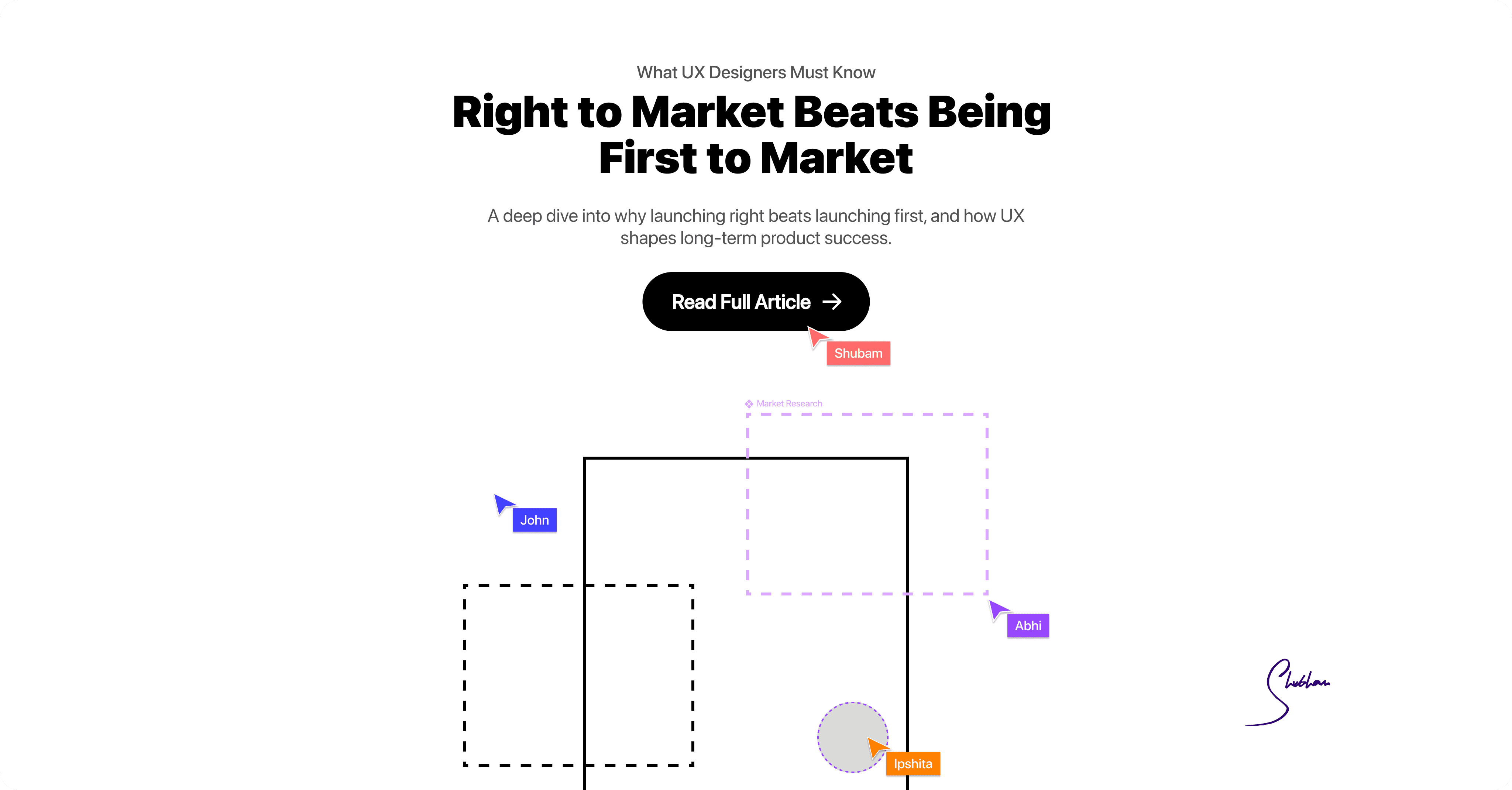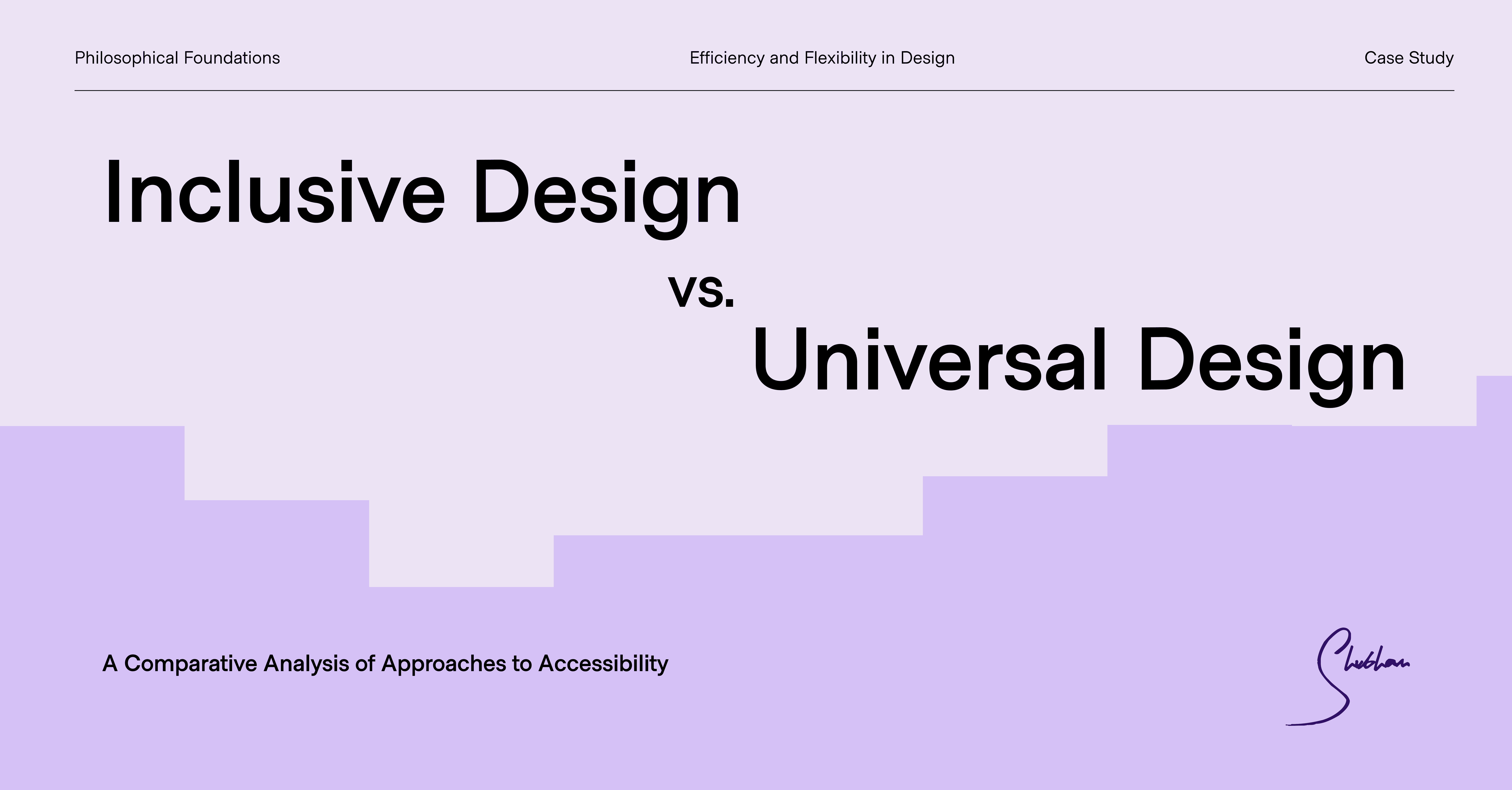Ishika sat at her favorite café, the aroma of freshly brewed coffee enveloping her senses. As a budding designer, she often pondered the deeper connections between humans and the digital world. One evening, while sketching ideas, she recalled a profound quote by Don Norman:
“Everything has a personality: everything sends an emotional signal. Even where this was not the intention of the designer, the people who view the website infer personalities and experience emotions.”
This insight resonated deeply with Ishika. She realized that every design element she crafted had the power to evoke emotions, shaping how users felt and interacted with digital interfaces.
Determined to delve deeper, Ishika embarked on a journey to understand emotionally intelligent design. She discovered that this approach goes beyond aesthetics and functionality; it’s about creating designs that resonate on a human level, fostering positive user experiences. Emotional design aims to connect with users on three levels: visceral, behavioral, and reflective. Visceral design focuses on the user’s initial impressions, behavioral design on the usability and function, and reflective design on the user’s subsequent thoughts and feelings about the product.
Reflecting on her own experiences, Ishika remembered an app she once used. Its interface was cluttered, the colors harsh, and navigation confusing. Each interaction left her frustrated, leading her to abandon the app altogether. This memory underscored the importance of designing with empathy, understanding the user’s emotional journey.
Inspired, Ishika began to incorporate emotionally intelligent elements into her designs. She chose calming color palettes, intuitive layouts, and interactive features that anticipated user needs. She also considered the ethical implications of her designs, ensuring they promoted positive user engagement without manipulation. Her goal was to create interfaces that not only served a purpose but also fostered a sense of connection and trust.
Over time, Ishika noticed a transformation in her work. Users reported feeling more engaged and satisfied, often describing her designs as “intuitive” and “comforting.” She realized that by embedding emotional intelligence into her designs, she was bridging the gap between technology and humanity, creating experiences that truly resonated with users.
Ishika’s journey taught her that at its core, design is about people. By understanding and embracing the emotional facets of user experience, designers can craft interfaces that are not only functional but also deeply meaningful.
Paraphrased using: ChatGPT
References:
Primon, M. A. C. (2023). Emotionally Intelligent User Interfaces of Social Media: The Role of Emotional Intelligence in User Interface Design and UX Pattern of Social Media on Human Behaviour. ResearchGate. https://www.researchgate.net/profile/Munim-Ahsan-Chowdhury-Primon/publication/380972259_Emotionally_Intelligent_User_Interfaces_of_Social_Media_The_Role_of_Emotional_Intelligence_in_User_Interface_Design_and_UX_Pattern_of_Social_Media_on_Human_Behaviour/links/6657c7eebc86444c720b6f06/Emotionally-Intelligent-User-Interfaces-of-Social-Media-The-Role-of-Emotional-Intelligence-in-User-Interface-Design-and-UX-Pattern-of-Social-Media-on-Human-Behaviour.pdf
Interaction Design Foundation. (n.d.). What is Emotional Design? https://www.interaction-design.org/literature/topics/emotional-design
Pavliscak, P. (2018). Emotionally Intelligent Design: Rethinking How We Create Products. O’Reilly Media. https://www.amazon.com/Emotionally-Intelligent-Design-Rethinking-Products/dp/1491953144
Pavliscak, P. (2019). Toward Emotionally Intelligent Design. Women Talk Design. https://womentalkdesign.com/talks/toward-emotionally-intelligent-design/
Hapy. (2024). Emotionally Intelligent Design for Mobile UX in 2024. Hapy Design Journal. https://hapy.design/journal/emotionally-intelligent-design-for-mobile-ux/
Pavliscak, P. (2019). Becoming Emotionally Intelligent About Design (Book Review). UXPA Magazine. https://uxpamagazine.org/becoming-emotionally-intelligent-about-design-book-review/
Grimes, S. (2020). Emotionally Intelligent Design: An Interview with Design Visionary Pamela Pavliscak. CustomerThink. https://customerthink.com/emotionally-intelligent-design-an-interview-with-design-visionary-pamela-pavliscak/
The Sun. (2024). People who use emojis are more emotionally intelligent, research shows. The Sun. https://www.thesun.co.uk/tech/32120464/people-emotionally-intelligent-use-emojis/




